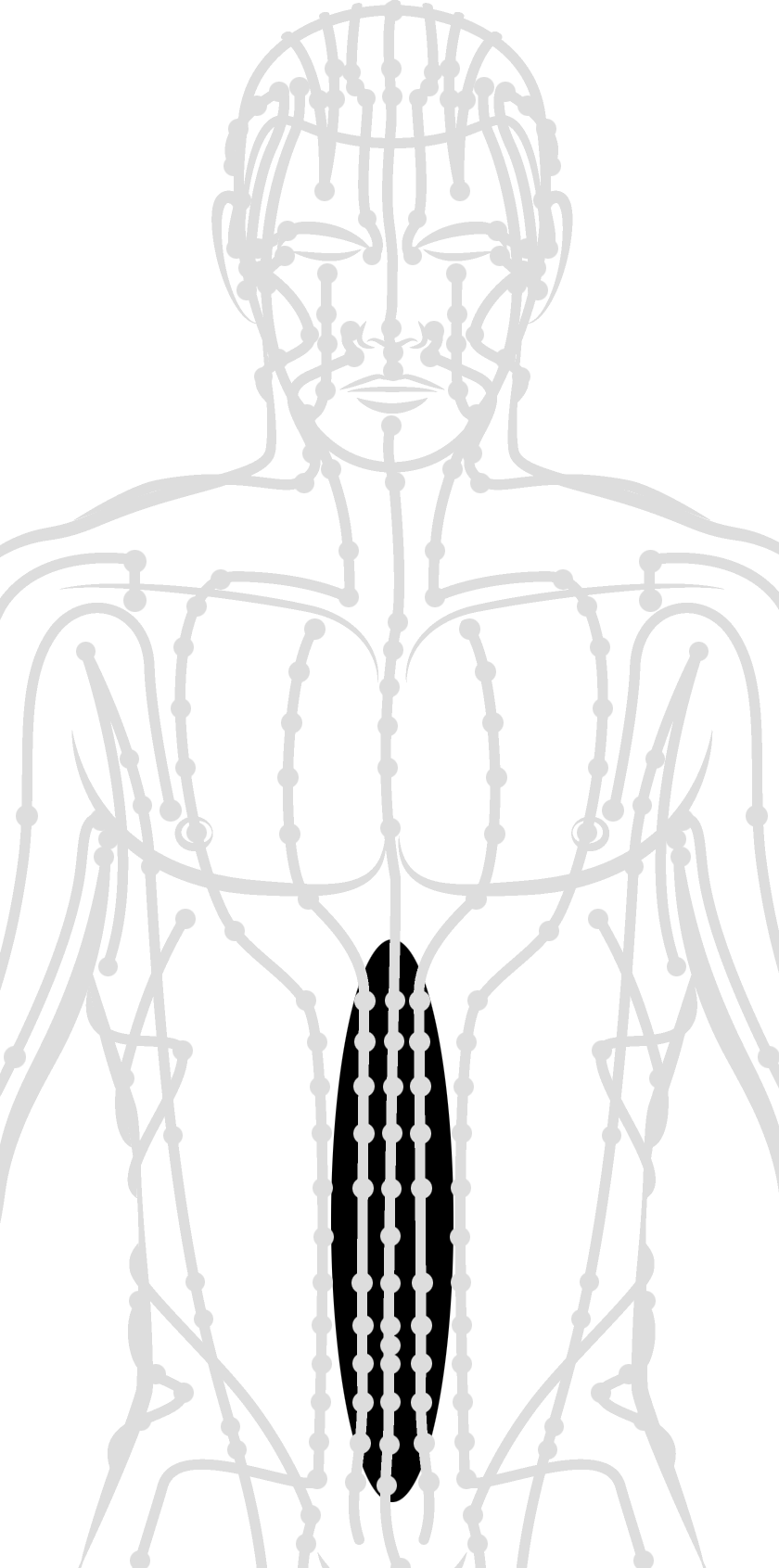Application #7: Centerline Copy
Centerline
 Anatomy:
Anatomy:The celiac plexus, also known as the solar plexus because of its radiating nerve fibers, is a complex network of nerves (a nerve plexus) located in the abdomen, near where the celiac trunk, superior mesenteric artery, and renal arteries branch from the abdominal aorta. It is behind the stomach and the omental bursa, and in front of the crura of the diaphragm, on the level of the first lumbar vertebra.
The plexus is formed in part by the greater and lesser splanchnic nerves of both sides, and fibers from the anterior and posterior vagal trunks.
The celiac plexus proper consists of the celiac ganglia with a network of interconnecting fibers. The aorticorenal ganglia are often considered to be part of the celiac ganglia, and thus, part of the plexus.
Possible Effects of a Strike:
The area known as the solar plexus is not the celiac plexus itself, but rather the region around it. A blow to this region may cause the diaphragm to spasm, resulting in difficulty in breathing—a sensation commonly known as “getting the wind knocked out of you”. It may also affect the celiac plexus itself, which can cause great pain and interfere with the functioning of the viscera.
- nausea
- vomiting
- loss of consciousness
- vagovasal syncope
- loss of blood pressure
- difficulty in breathing
- localized pain
- rupture of the liver, spleen, and stomach
- pancreatic necrosis
- internal bleeding
